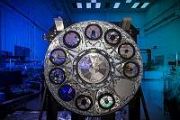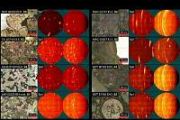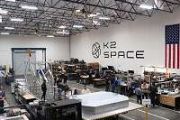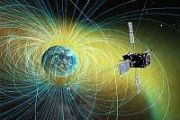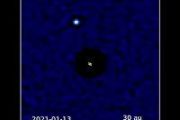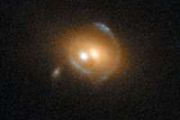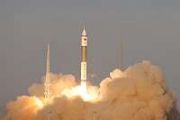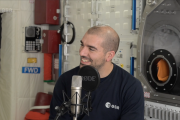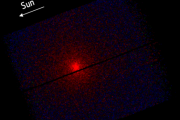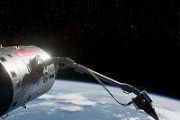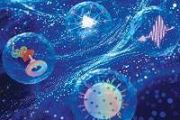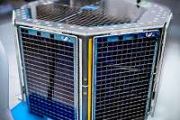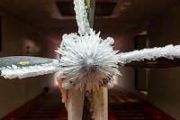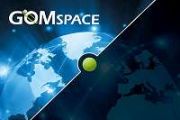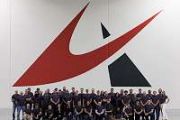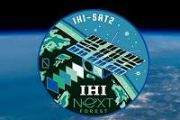
Copernical Team
Solar flares may cause faint auroras across top of Northern Hemisphere
Your request has been blocked by our server's security policies.
If you believe this is an error, please contact our support team.
What's the best material for a lunar tower?
Your request has been blocked by our server's security policies.
If you believe this is an error, please contact our support team.
Nuclear rockets could travel to Mars in half the time, but designing the reactors that would power them isn't easy
Your request has been blocked by our server's security policies.
If you believe this is an error, please contact our support team.
NASA's Europa Clipper spacecraft will investigate whether an icy moon of Jupiter can support alien life
Your request has been blocked by our server's security policies.
If you believe this is an error, please contact our support team.
Blue Origin constructs new New Shepard rocket-capsule combo to expand human launches
Your request has been blocked by our server's security policies.
If you believe this is an error, please contact our support team.
Weather may delay launch of mission to study deflected asteroid
Your request has been blocked by our server's security policies.
If you believe this is an error, please contact our support team.
FAA gives SpaceX the OK to launch just one Falcon 9 on asteroid mission for Europe
Your request has been blocked by our server's security policies.
If you believe this is an error, please contact our support team.
Hera spacecraft launched to examine asteroid collision site
Your request has been blocked by our server's security policies.
If you believe this is an error, please contact our support team.
Mission to probe smashed asteroid launches despite hurricane
 Europe's Hera probe successfully launched Monday on a mission to inspect the damage done by a NASA spacecraft that smashed into an asteroid during the first test of Earth's planetary defences.
Despite fears that an approaching hurricane could delay the launch, the probe blasted off on a SpaceX rocket into cloudy skies from Cape Canaveral in the US state of Florida just before 11:00 am local
Europe's Hera probe successfully launched Monday on a mission to inspect the damage done by a NASA spacecraft that smashed into an asteroid during the first test of Earth's planetary defences.
Despite fears that an approaching hurricane could delay the launch, the probe blasted off on a SpaceX rocket into cloudy skies from Cape Canaveral in the US state of Florida just before 11:00 am local Hera asteroid mission liftoff
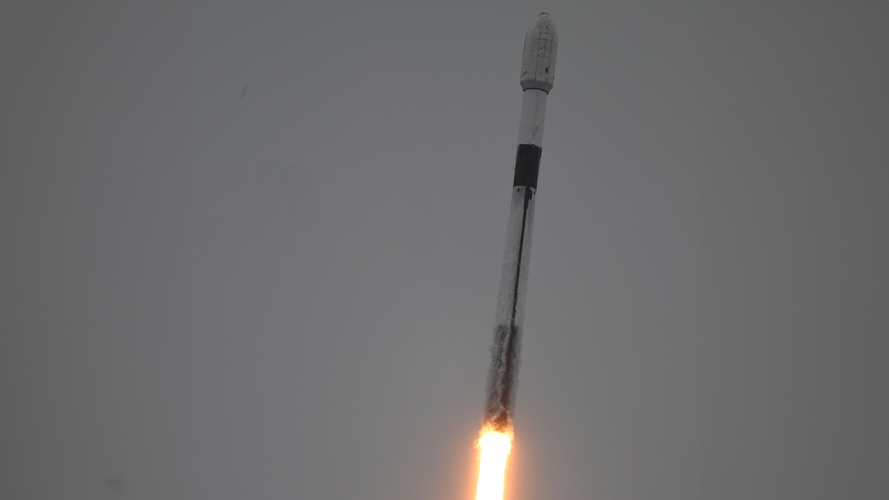 Video:
00:03:03
Video:
00:03:03
ESA’s Hera mission lifted off on a SpaceX Falcon 9 from Cape Canaveral Space Force Station in Florida, USA, on 7 October at 10:52 local time (16:52 CEST, 14:52 UTC).
Hera is ESA’s first planetary defence mission. It will fly to a unique target among the 1.3 million asteroids in our Solar System – the only body to have had its orbit shifted by human action – to solve lingering unknowns associated with its deflection.
Hera will carry out the first detailed survey of a ‘binary’ – or double-body – asteroid, 65803 Didymos, which is orbited by a smaller







